
Category: Audio Gear, etc.
Common-sense stereo-system advice from a record producer/engineer.
Graham Slee Revelation M Phono Stage
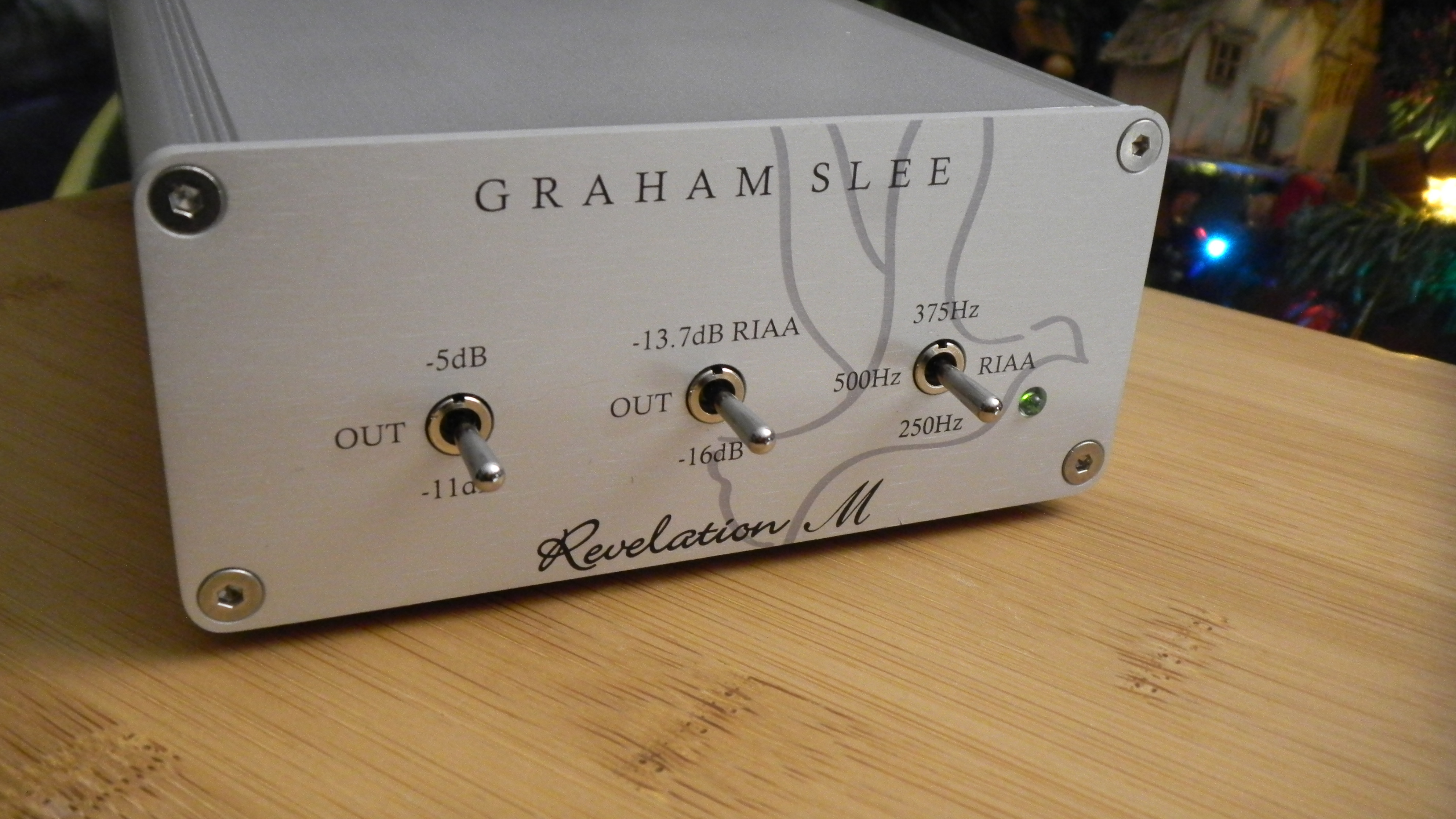 Photo by John Marks.
Photo by John Marks.
This is the third installment in my series about choosing Pareto-Optimal equipment to make digital archival copies of vinyl LP (long-playing) phonograph records. The first part (an overview) is here. Part 2 (Rega’s Planar 3 turntable package) is here. But even if you are not planning to make digital transfers, you might be interested in my thoughts on turntables and phono stages.
Phono stages are necessary to (1) amplify the faint electrical signal generated (literally) by the phono cartridge, and (2) reverse the drastic frequency changes imposed on the music signal in order to make LPs playable. If an LP were to be cut without treble pre-emphasis and bass pre-de-emphasis, the high treble would be lost, while the deep bass notes would cause the stylus to jump out of the groove. Continue Reading →
Wise Men From the East, Bearing Gifts! (Part 2)
 Part 1 covered recorded media (CD boxed sets, and an SACD/CD hybrid). Part 2, concerning recommendable hardware gifts, will be short and sweet… three buy-them-once-and-buy-them-right pieces of audio gear.
Part 1 covered recorded media (CD boxed sets, and an SACD/CD hybrid). Part 2, concerning recommendable hardware gifts, will be short and sweet… three buy-them-once-and-buy-them-right pieces of audio gear.
To learn their identities, though, you will have to click through to the jump page.
Merry Christmas!
Wilson, MSB, & Esperanto Audio @ Fidelis Music Systems, New Hampshire
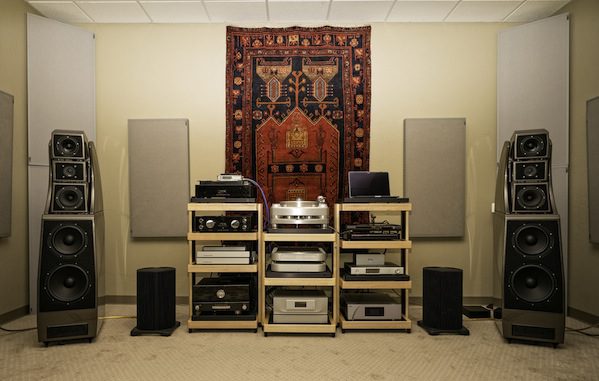 Photo by Peter McGrath, MFA
Photo by Peter McGrath, MFA
My colleague Mike Zisserson has already written up this event for Positive Feedback Online. Therefore, my coverage will be a bit broad-brush.
This open house took place Saturday afternoon December 3, at Fidelis Music Systems‘ Nashua NH store. While the featured brands were Wilson Audio Specialties and MSB Technology, I was tickled that Wilson Audio’s Peter McGrath had brought along two of my Esperanto Audio digital cables, one for the S/PDIF signal, and the other for the Word Clock connection. More, and more photos, after the jump.
Rega Research Ltd. Planar 3 Turntable Package
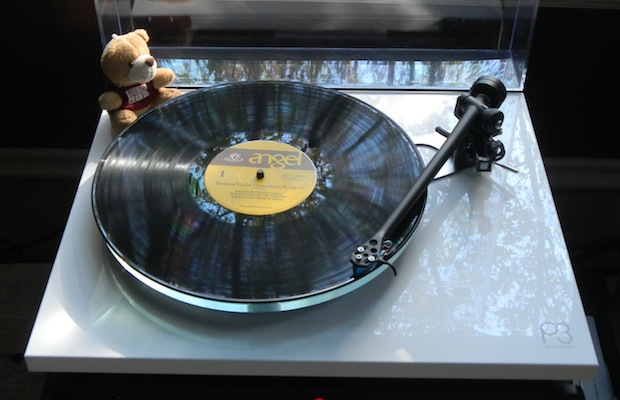 Photo by John Marks; Berlin the Bear not included.
Photo by John Marks; Berlin the Bear not included.
This is the second installment in a series about choosing Pareto-Optimal equipment to make digital archival copies of vinyl LP (long-playing) phonograph records. The first part is here. But even if you are not planning on making digital transfers, you might be interested in my advice on turntables and phono stages.
The turntable system (by which I mean the turntable itself; the tone arm; and the phono cartridge) is both the beginning of the playback process and, by the nature of things, the most critical bottleneck.
After the jump, more on that; and, well-deserved words of praise for Rega’s Planar 3. Continue Reading →
Equipment For Making Archival Digital Copies of Vinyl LP Phonorecords (Pt. 1)
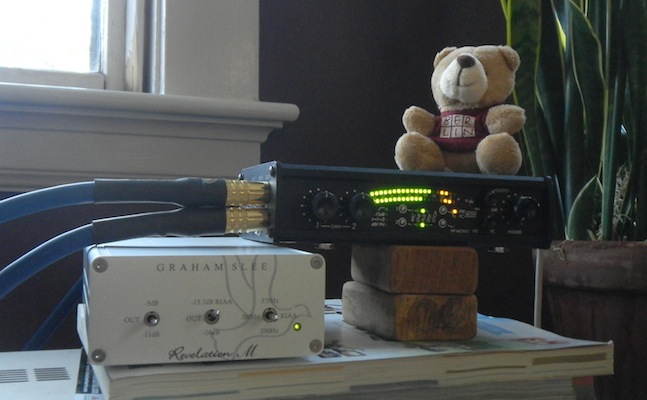 Berlin the Bear staying on top of things in LP-Land. (Photo by John Marks)
Berlin the Bear staying on top of things in LP-Land. (Photo by John Marks)
Time for a new project!
Over the past few years, a new consumer-audio product category has emerged, that of phonorecord playback equipment with the added capability of outputting a digital datastream via USB connection. (I.e., a phono playback stage that also has analog-to-digital conversion and a USB digital output.) The ultimate expression of that concept is a turntable with onboard phono playback equalization and digitization. Such a turntable has both analog outputs for listening and a USB output for recording via a computer or other compatible digital device. Such a package has the advantages of low or low-ish cost, and easy setup. But its cost constraints will lead to sonic compromises, and such setups cannot accommodate pre-RIAA LP discs or 78 rpm records.
So I set myself on a quest to find a Pareto-Principle solution. This will be a four- or five-part series wherein I will discuss alternatives to USB turntables for people who want better performance, or who already have a non-USB turntable they are happy with. Along the way there will be some history lessons, and some practical advice too.
What “Pareto-Principle solution” means; some background on the challenges of storing music on analog physical media; and more, after the jump. Continue Reading →
A Summer Sunday’s Afternoon at Tanglewood
 Photo © 2016 John Marks
Photo © 2016 John Marks
On Sunday, August 14, the musically-astute friend I mentioned in the context of the Andris Nelsons Boston Symphony Wagner/Sibelius CD and I traveled to Lenox, Massachusetts, where the Boston Symphony makes its summer home at Tanglewood. The program consisted of Beethoven’s Op. 64 Coriolan Overture (1807), his Piano Concerto 3 (1800-1801), and Schumann’s Symphony 4 (1841/1851).
But of course, I could not resist indulging in audio geekery, in the process making a new pro-audio friend! Geek-bait photos, official concert photos, and a link to streaming audio of the concert, all after the jump! Continue Reading →
Luxman M-200 Stereo Power Amplifier
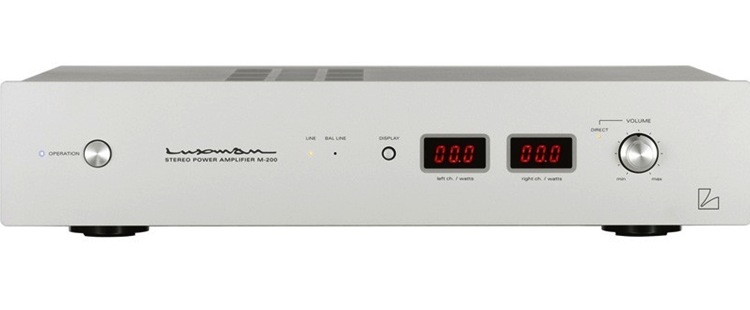
(Images courtesy of On a Higher Note, LLC)
If the amplifier budget for your bedroom or office stereo (or some other modest but high-quality audio system) stretches to multiples (about five times as much) of the price of the over-performing at its price point ($349) Parasound Zamp v.3, I heartily recommend Luxman’s (US MSRP) $2000, refined and elegant M-200 power amplifier.
(Note, the M200 has a defeatable front-panel manual-only volume knob, so its inputs can be set either to Direct or Variable, allowing it to be used with one fixed-output source such as a CD player. Luxman also makes a matching DAC/pre with the same form factor, the DA-200.)
The M-200’s output is “only” 25Wpc, but I found it completely capable of driving the prototype Esperanto Parolanto loudspeakers, a moderately inefficient load (83dB/1W/1m). The M-200 runs warm, but in my experience, it never ran hot. Continue Reading →
Bricasti M1 “Limited” Digital-to-Analog Converter
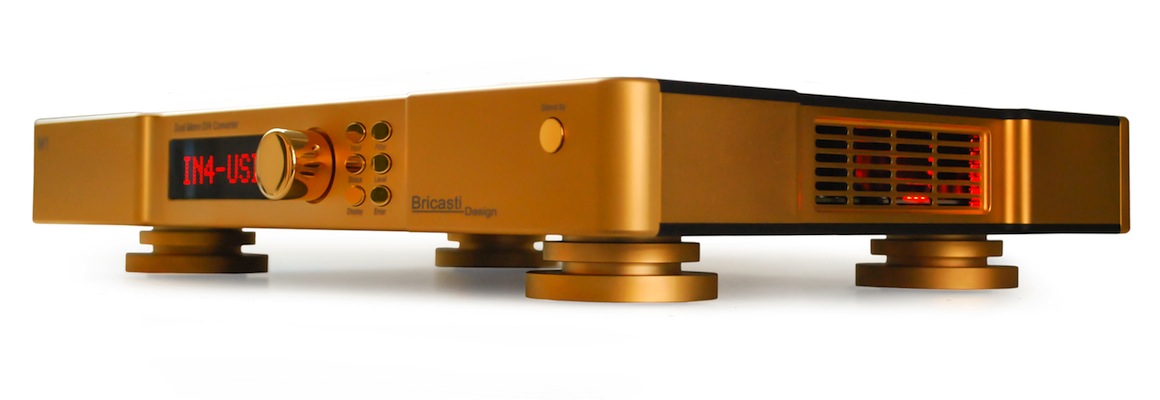
Yes, what you see is what you get (if Santa Claus really likes you, that is): A Bricasti M1 Digital-to-Analog Converter with gold-plated casework. United States Manufacturer’s Suggested Retail Price, $15,000. (Why do I hear echoes of Auric Goldfinger gloating, “No, Mr. Bond; I expect you to die!“)
Bricasti is a Massachusetts, USA company that was started by three exiles from Harmon International’s Lexicon division: Brian, Casey, and Tim. Hence the corporate name, which would warm the cockles of any trademark lawyer’s heart: Yes! Unique! My puckish sense of humor has at times led me to suggest to the unwary that “Bricasti” is the coastal resort town just North of Brindisi. As Peter McGrath would say, that has the ring of “near-truth” to it.
Bricasti, no surprise, started out in the professional-audio field, offering a “we will cut no corners” reverberation unit that quickly became the Gold Standard in its field. Why? Well, cutting no corners is a good place to start. Continue Reading →
Grace Design m920 (Steinway and Sons office systems, Part IV)
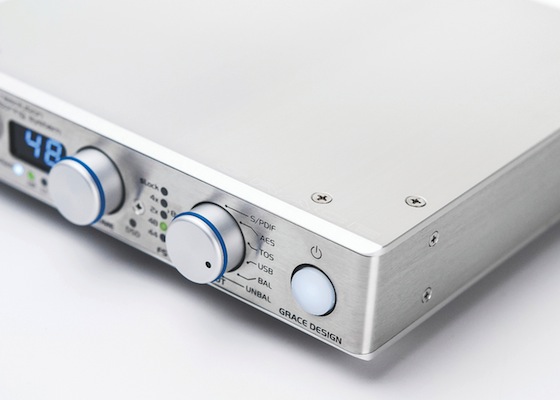
Grace Design m920 (Steinway and Sons office systems, Part IV)
Digital-to-Analog Converter, Line Stage, and Headphone Amplifier
Made in Lyons, Colorado, USA; US MSRP $1995
For the stereo systems I specified for use in two of the executive offices at Steinway and Sons’ global headquarters in New York City, my major design goals were fatigue-free yet detail-rich listening (for hours at a time), flexibility, and future-proofness. Given that the major source was going to be USB computer audio or wireless streaming, I wanted a digital-audio source component that had multiple digital inputs, the ability to decode not only conventional PCM digital data but also Direct Stream Digital (DSD) files, was of professional-grade build quality, and which sounded just plain great. Oh, and also not break the budget. (Note, the Grace m920 on its own does not handle wireless; in these systems, an Audioengine wireless receiver unit outputs S/PDIF to the m920 via a Toslink optical digital cable.)
Grace Design’s m920 DAC/HPA/linestage filled that bill admirably. Please click through to learn more, and also to learn how to get an additional $100 off the lowest advertised price, as a thank-you for reading The Tannhaüser Gate! Continue Reading →
Connections, connections (Steinway and Sons office systems, Part III)
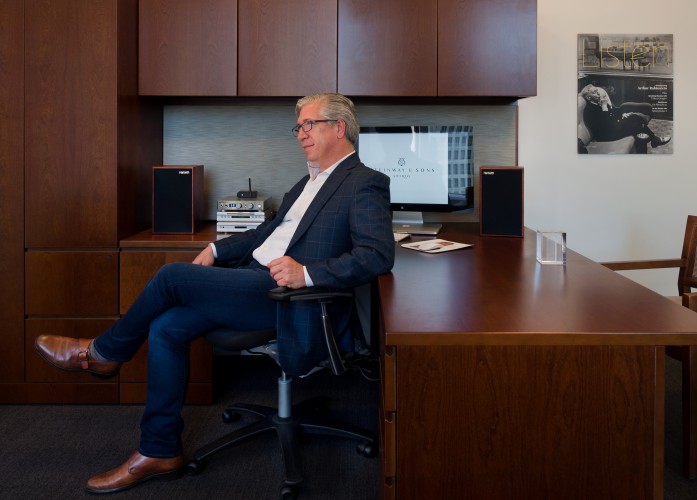
(Photo of Eric Feidner at Steinway and Sons’ NYC Global headquarters by and courtesy of Wes Bender Studios.)
Connections, connections (Steinway and Sons office stereo systems, Part III)
AudioQuest cables and Hosa power adapters
One of my all-time favorite “educational” TV shows was James Burke’s Connections… . I’ll have to get around to covering that some time. But in the context of a high-quality but affordable stereo system, connections are very important. And on the subject of connections, Steinway and Sons have renovated their website; the About tab now brings up a very evocative introductory video featuring lots of wonderful close-ups of the craftspeople at work. Check it out! (You will need to un-mute the sound; there is an icon in the upper-right corner.)
One of my favorite audio shibboleths is, “Buy it once and buy it right, and get off the ‘upgrade’ merry-go-round.” Therefore, the systems I specified for Eric Feidner and for Mike Sweeney were anchored by components that, while not extravagant by any means, were not bargain-basement items either. They are not “bargains;” they are “keepers.” Both the Grace Design m920 DAC/linestage and a pair of Harbeth P3ESR loudspeakers run about two thousand dollars. So to make the necessary connections, I wanted audio cables that were high-performance, but at reasonable cost.


